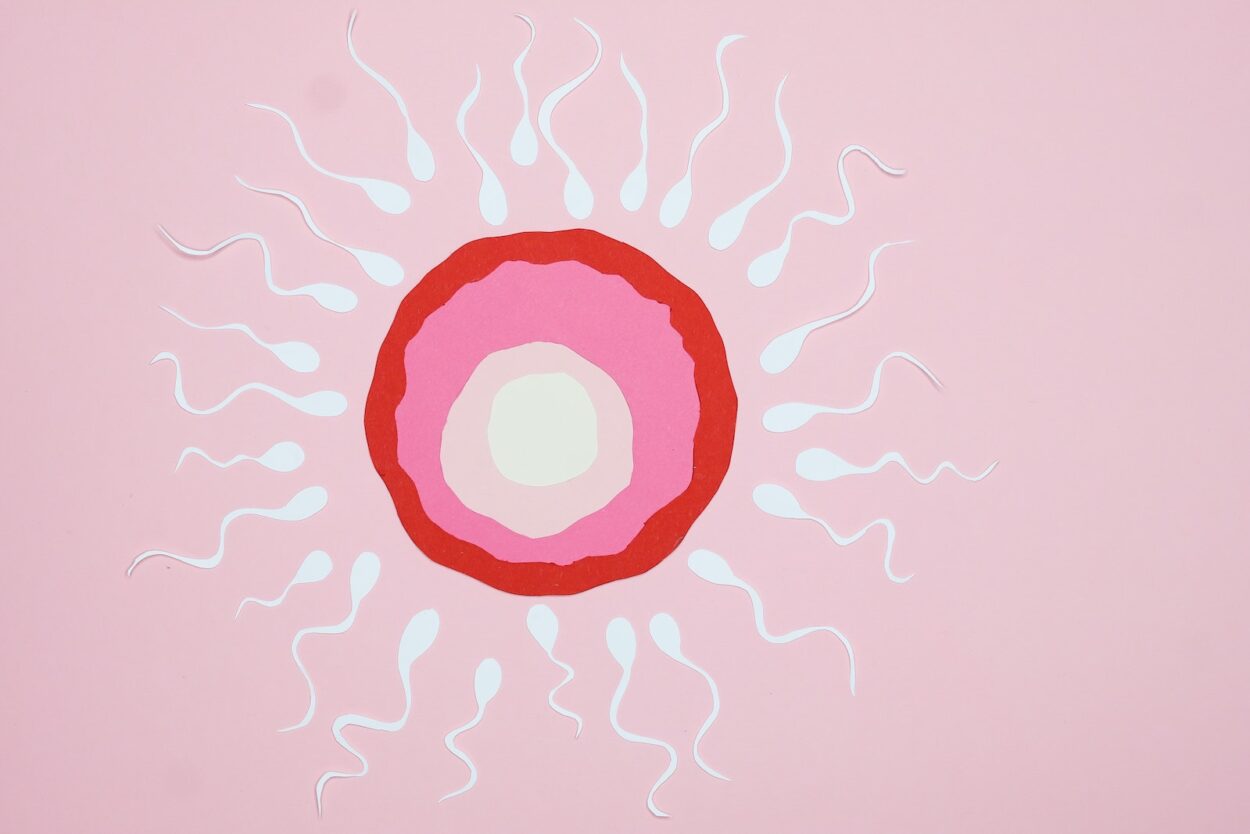IUI is a procedure that involves threading a thin catheter (thin tube) through the cervix and injecting washed sperm into the uterus. Sperm washing for IUI increases pregnancy rates by giving sperm a “head start” to reach an egg and fertilize it.
The sperm is washed using a technique called density gradient separation that separates dead sperm cells, white blood cells and seminal fluid from motile sperm.
How much sperm do I need?
In intrauterine insemination (IUI), a sperm sample is placed into the woman’s uterus. A healthcare professional inserts a small catheter through the cervix and into the uterus to deliver the sperm. This is usually a quick and painless process.
In order for IUI to be successful, sperm must be able to move up the vaginal canal and reach the egg, where fertilization will take place. In order for this to happen, the sperm must have good motility and morphology.
IUI is most effective when there are around five million sperm cells that are capable of swimming and reaching the egg – This quote was taken from the website https://sexetchat.com. This number is determined by a laboratory analysis that takes into account the sperm count, morphology and motility. This sperm count is called the MOT post wash and it is what is needed to make IUI successful.
Sperm count can be low for a number of reasons, including a heritable genetic disorder, a sex change and problems with the cervix. If the sperm count is too low for IUI, then other assistive fertility treatments like in vitro fertilization (IVF) or intracytoplasmic sperm injection (ICSI) can be used instead. In these cases, donor sperm is also used. Donor sperm can be provided by the patient’s partner or a donor from an outside source. This type of sperm is often preferred for IVF or ICSI because it ensures the best possible chance of fertilization.
How much donor sperm do I need?
A vial of donor sperm costs anywhere from $700 to $1,200 for shipping and handling. That’s on top of the cost of a fertility drug and monitoring, and the price of an IUI procedure itself.
For men with low sperm count, intrauterine insemination (IUI) can increase the odds of getting pregnant. But it’s a tricky technique to get right. The cervix acts as a natural barrier to sperm movement, and only about 1% of ejaculated sperm makes it past the uterus. And if the sperm aren’t washed properly, they’ll likely have trouble passing through the fallopian tubes and fertilizing an egg.
To help reduce the likelihood of this happening, our laboratory prepares semen samples for IUI by using a process called “sperm washing.” This removes chemicals from the sample that can cause reactions in the uterus and prevent pregnancy. Alternatively, your partner or a sperm bank will send you a sperm sample that’s already been washed and ready for IUI.
A successful IUI requires a high count of motile sperm, or sperm that are able to swim through the vaginal walls and into the uterus. Numerous studies show that IUI pregnancy rates are maximized with 5 million total motile sperm. California Cryobank vial standards exceed this requirement by a wide margin. This is because we have established the highest sperm quality standards in the industry.
How much sperm do I need to buy?
The sperm count is determined from a sample vial of the man’s semen that is collected during an ejaculation. This sperm is washed in the laboratory using various methods to separate dead sperm cells and other debris from healthy sperm cells. The resulting total motile sperm count post wash is a good estimate of the number of swimming sperm available for use in an IUI procedure.
IUI involves threading a thin flexible catheter through the cervix and injecting washed sperm directly into the uterus. This process may take a few minutes and is very comfortable for the patient. The procedure is very effective for women with mild male factor infertility. However, the success rate for IUI is highly dependent on the quality of a man’s sperm and his ability to swim. Men with low sperm motility or erectile dysfunction experience lower success rates with IUI.
Donor sperm can also be used for IUI, either in conjunction with the man’s sperm or separately. This is called donor insemination (DI). DI can be used when a partner’s sperm has a low sperm motility or in cases where the man cannot ejaculate due to erectile dysfunction or other factors.
Frozen sperm samples can be purchased from many FDA-approved sperm banks. The sperm is tested for infectious diseases and genetic defects prior to freezing and shipment to the clinic. This ensures that the sperm is safe for IUI and other assisted reproductive procedures.
How much sperm do I need to freeze?
The ideal location to freeze sperm is at a sperm bank or fertility clinic, but it is possible to do so from home with the help of special kits. The kit consists of a sterile container, collection materials and instructions for use. When used properly, the kits are safe and effective. However, a doctor should perform the sampling and analysis before freezing. This is to ensure the sperm count and quality are high.
After a man ejaculates, sperm moves past the cervix and into the fallopian tube, where it can fertilize an egg. However, the cervix blocks about 80% of the sperm from reaching the egg. The IUI procedure bypasses this barrier by injecting a sample of sperm directly into the uterus. The result is a higher chance of successful conception.
When a man is unable to produce enough sperm, IUI can also be performed using frozen sperm. Licensed fertility clinics are required to screen donated sperm for infections and inherited diseases. Frozen sperm can be used for IUI by male partners of any age, as well as single women or same-sex couples.
Frozen sperm is often easier to work with than fresh sperm. When thawed, the sperm is more likely to swim quickly and penetrate deep into the uterus where it can fertilize an egg. There have been reports of sperm that was frozen 20 years ago successfully fertilizing an egg and resulting in a healthy baby.




Leave a Comment